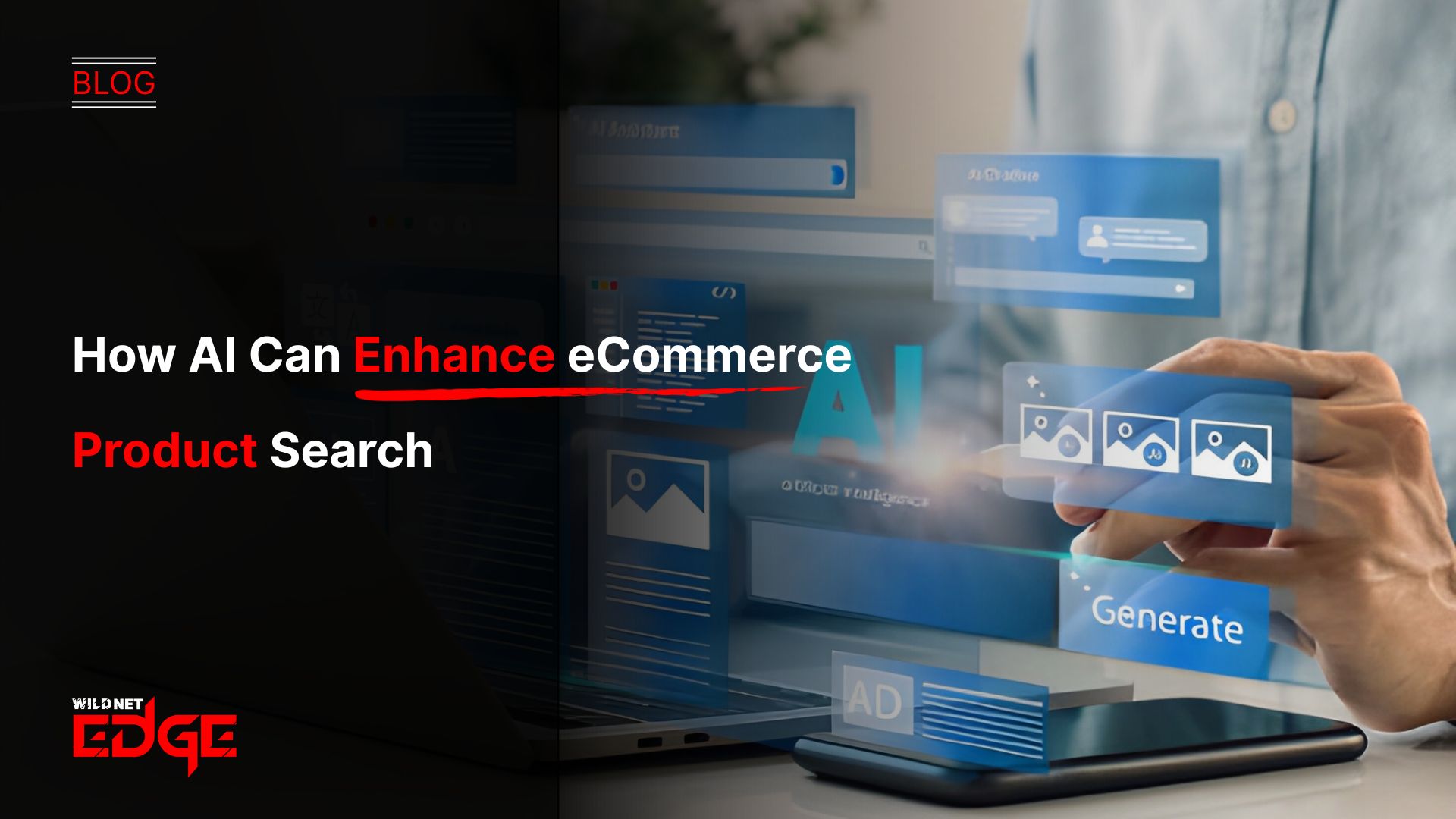TL;DR
The article explains that a government AI strategy is a crucial blueprint for using artificial intelligence to enhance public services and operational efficiency. It emphasizes that a formal government AI strategy is essential for ensuring AI is adopted ethically, transparently, and citizen-centricly. It also outlines the core pillars of such a strategy, including a mission-driven approach, robust data governance, and a strong commitment to responsible AI.
The public sector is at a pivotal stage. The demand for more responsive, efficient, and personalized citizen services is growing, and artificial intelligence offers a robust set of tools to meet this demand. However, unlike the private sector, the primary goal is not profit, but public value. This requires a unique and carefully considered government AI strategy built on trust, ethics, and a deep commitment to serving the public good.
What is an AI Strategy in Government?
An AI strategy in government is a comprehensive roadmap that outlines how a public sector organization will use AI to achieve its mission-critical objectives. It’s a deliberate plan that moves beyond isolated technology projects to a holistic approach for improving service delivery, optimizing operations, and enhancing data-driven policy-making.
A successful government AI strategy is a framework that addresses the unique responsibilities of the public sector, including data privacy, accountability, and the imperative to be fair and equitable to all citizens. It ensures that every AI initiative is purposeful, responsible, and contributes directly to a better quality of life for the public.
Why a Government AI Strategy is Essential in 2025
Deploying AI without a clear strategy is risky for any organization, but for the public sector, the stakes are even higher. A formal plan is essential for several key reasons.
Building Public Trust
People need to trust that government is using technology responsibly. A transparent AI strategy in government that includes a strong ethical framework demonstrates a commitment to fairness and accountability. This proactive approach to governance is critical for maintaining public confidence as AI in public sector becomes more widespread.
Driving Operational Efficiency
Government agencies are often burdened with complex, manual processes. AI can automate repetitive tasks, from processing applications to answering routine citizen inquiries. This frees up public sector employees to focus on more complex, high-value work that requires a human touch, ultimately allowing the government to do more with its limited resources.
Enabling Data-Driven Policy-Making
AI excels at analyzing vast and complex datasets to uncover patterns and insights. A robust government AI strategy can leverage this capability to improve everything from urban planning to public health responses. It allows leaders to make more informed, evidence-based decisions that lead to better outcomes for citizens.
The Core Pillars of a Public Sector AI Strategy
A successful strategy for AI in public sector must be built on these foundational pillars.
1. A People-Centric Mission
Every AI initiative must be directly tied to improving a citizen’s experience or solving a public problem. The first question should always be: “How will this help the people we serve?”
2. A Robust Data Governance Framework
Public data is a sensitive asset. Your strategy must include strict data privacy, security, and quality rules. This ensures that data is used responsibly and that AI models are trained on accurate, unbiased information.
3. Workforce Empowerment and Upskilling
Your employees are your greatest asset. The strategy must include a plan for training and upskilling public sector workers, helping them develop the skills needed to work alongside new AI tools effectively.
Our Government AI Strategy in Action: Case Studies
Case Study 1: Optimizing Urban Services for a Major City
- The Challenge: A large city’s department of transportation was struggling to manage traffic congestion and optimize public transit routes. Their manual analysis methods were slow and inefficient.
- Our Solution: We worked with them to develop an AI platform that used real-time traffic data, public transit ridership information, and weather data. The solution used predictive analytics AI to forecast traffic patterns and recommend adjustments to traffic signal timing and bus schedules.
- The Result: The city reduced average commuter travel time by 15% and improved the on-time performance of its public transit system by 20%. The data-driven approach allowed for a much more responsive and efficient urban mobility network.
Case Study 2: Reducing Backlogs for a Federal Agency
- The Challenge: A federal agency responsible for processing benefits applications was facing a massive backlog. Their employees were spending thousands of hours manually reading and categorizing documents.
- Our Solution: We provided custom software development services to build an intelligent automation solution. The system used Natural Language Processing (NLP) to read, classify, and extract key information from incoming applications, routing them to the correct department automatically.
- The Result: The agency automated over 60% of its initial document processing work. This reduced the application backlog by 40% in the first year and allowed caseworkers to focus on the more complex aspects of their job, significantly improving service delivery time.
Our Technology Stack for Public Sector AI
We use secure, scalable, and compliant technologies suitable for government applications.
- Cloud Platforms: AWS GovCloud, Microsoft Azure Government, Google Cloud
- AI & Machine Learning: TensorFlow, PyTorch, Scikit-learn
- Data Processing & Analytics: Apache Spark, Databricks
- MLOps: Kubeflow, MLflow
- BI & Visualization: Tableau, Power BI
Conclusion
A well-defined AI strategy in government is the essential blueprint for revolutionizing the public sector. By focusing on a people-centric mission and building a strong ethical foundation, government organizations can harness the power of AI to deliver better, faster, and more equitable services. A thoughtful government AI strategy turns the promise of technology into tangible public value. At Wildnet Edge, our AI-first approach is grounded in the principles of responsible innovation. We partner with public sector organizations to build intelligent systems that are powerful, trustworthy, transparent, and aligned with the mission to serve.
FAQs
The ROI in the public sector is measured in public value. This includes direct cost savings from operational efficiency, improved service delivery times for citizens, better public safety outcomes, and increased public trust in government institutions.
Funding often comes from identifying an area where AI can create significant cost savings. The initial investment can be justified by the projected long-term reduction in operational costs. Starting with a smaller, high-impact pilot project is a great way to prove the value and secure a larger budget.
The biggest risk is a loss of public trust. If an AI system is perceived as biased, unfair, or a threat to privacy, the reputational damage can be severe. This is why a strong, transparent governance and ethics framework is the most critical part of any AI strategy in government.
This requires a dedicated effort. It involves carefully auditing your training data for hidden biases, using fairness-aware machine learning algorithms, and implementing regular post-deployment monitoring to check for performance disparities across different demographic groups.
In many cases, yes. A key part of a successful strategy is integration. Through modern practices like those offered by an enterprise app development company, you can build APIs and microservices that act as a bridge between your legacy systems and new AI applications.
A phased approach is best. Start with foundational data literacy training for all employees. Then, provide more specialized training for those whose roles will directly interact with AI tools. Partnering with external experts can help design and deliver these training programs effectively.
The first step is to create a cross-functional task force or steering committee. This group should include leaders from different departments, as well as representatives from legal, IT, and policy teams. Their first task should be to define a clear, mission-driven vision for how AI will help your organization better serve the public.

Nitin Agarwal is a veteran in custom software development. He is fascinated by how software can turn ideas into real-world solutions. With extensive experience designing scalable and efficient systems, he focuses on creating software that delivers tangible results. Nitin enjoys exploring emerging technologies, taking on challenging projects, and mentoring teams to bring ideas to life. He believes that good software is not just about code; it’s about understanding problems and creating value for users. For him, great software combines thoughtful design, clever engineering, and a clear understanding of the problems it’s meant to solve.
 sales@wildnetedge.com
sales@wildnetedge.com +1 (212) 901 8616
+1 (212) 901 8616 +1 (437) 225-7733
+1 (437) 225-7733






























